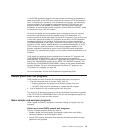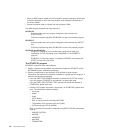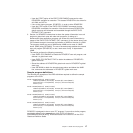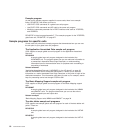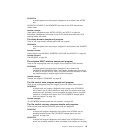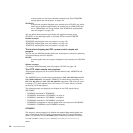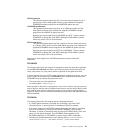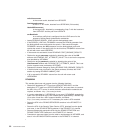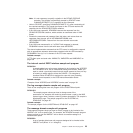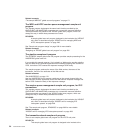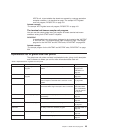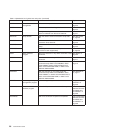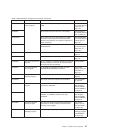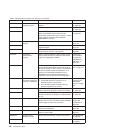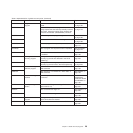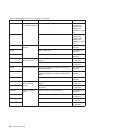Note: It is not necessary to specify a pipeline in the DFHWS-PIPELINE
container. The pipeline is dynamically created by DFHPIRT when
CHANNEL(DFHWSTC-V1) is specified on the command.
v Links to DFHPIRT, specifying CHANNEL(DFHWSTC-V1), after constructing all
the required containers. This sends the request to the STS and receives the
response into the DFHWS-RESTOKEN container.
v If the LINK was successful, DFHWBX2 recovers the response from the
DFHWS-RESTOKEN container, which contains an username token in XML
format.
v Extracts the username and password from this token, and returns them as
responses from the user exit in UEPUSNM/UEPUSNML and
UEPPSWD/UEPPSWDL. Returns from the user exit with return code
UERCNORM.
v If the LINK was unsuccessful, or if a SOAP fault response is returned,
DFH$WBX2 returns from the exit with return code UERCERR.
The above implementation assumes that the STS server is configured to respond
with an appropriate username token when presented with the URI formatted by
DFH$WBX2 in the AppliesTo element of the STS issue request.
Related concepts
“HTTP client open and send exits: XWBAUTH, XWBOPEN and XWBSNDO” on
page 138
The interval control EXEC interface sample exit program
DFH$ICCN
A sample global user exit program, designed to be invoked at the XICEREQ
exit. DFH$ICCN is for use in a distributed routing environment, where you
want to cancel a previously-issued interval control request but have no way
of knowing to which region to direct the CANCEL. For examples of
situations which DFH$ICCN is designed to cope with, see Canceling
interval control requests, in the CICS Intercommunication Guide.
Related concepts
“Example of how XICEREQ and XICEREQC can be used” on page 161
The log manager domain sample exit program
There is one sample global user exit program for the XLGSTRM exit point:
DFH$LGLS
The sample program shows you how to change some of the
parameters—for example, the model log stream name—used by the MVS
system logger when it creates a new log stream dynamically. The sample is
described on page “The sample program for the XLGSTRM exit,
DFH$LGLS” on page 167.
Related concepts
“The sample program for the XLGSTRM exit, DFH$LGLS” on page 167
The message domain sample exit programs
These sample programs show you how to write a program to be invoked at the
XMEOUT exit, to do a specific task. For example, the DFH$SXP4 sample program
shows you how to use the XMEOUT exit to reroute a console message to a
transient data queue.
DFH$SXPn
A set of sample global user exit programs designed to be invoked at the
XMEOUT exit (where ‘n’ is 1 through 6).
Chapter 1. Global user exit programs 23



